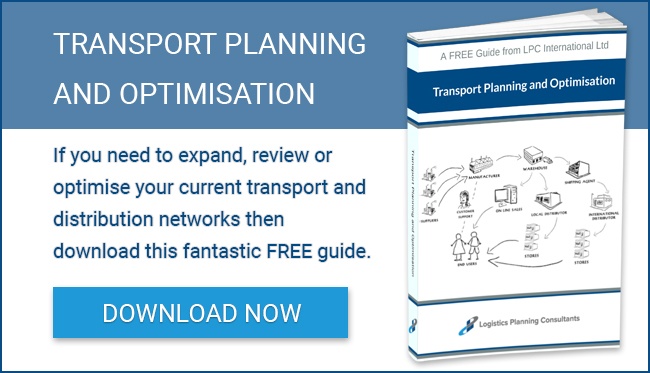.png?width=750&name=Case%20Study_%20Client%20Overview(2).png)
Baxi has an in-house fleet complemented by hauliers. The remit was to quantify:
- The impact of having no in-house fleet and using hauliers only.
- Increasing the own fleet and to what point.
- The cost increment of delivering to merchants’ sales outlets instead of their distribution centres.
- The cost increment of delivering direct to end users.
Methodology
A base case model of current operations was built in our transport and distribution modelling suite accurately replicating all own fleet routes and including deliveries made by hauliers for a four week period.
Every delivery in the model was also costed as per the hauliers’ rate matrices for future scenarios.
Findings
Hauliers Only Scenario
It was established that replacing the in-house fleet with hauliers would increase delivery costs by 27% and reduce the quality of customer service.
Optimum Own Fleet Scenario
All the work done by hauliers in the four week period studied was routed as own fleet with our software and then each route was evaluated in terms of own fleet costs vs. the hauliers’ rates to do the same work. This allowed the determination of how much of the work given to hauliers would have cost less to deliver on additional own fleet and how many extra vehicles would be required for this.
The results showed that two 18T rigids and one artic could be added to the own fleet and provide a saving instead of the work done by these vehicles going to hauliers. This represents a potential saving of 8.3% over the base case.
Delivery To Merchants’ Sales Outlets Scenario
This scenario involved the removal of current bulk full pallet deliveries to merchants’ distribution centres and replacing them with smaller deliveries to merchant sales outlets done exclusively by hauliers. The increase in cost depended on the Baxi business unit in question, but ranged between an extra 120% to 280%, averaging 238% across the business.
 Delivery To End User Scenario
Delivery To End User Scenario
This scenario involved the removal of current full load bulk deliveries with six boilers to the pallet to merchants’ distribution centres and replacing them with two-man deliveries direct to building site with one boiler per pallet. The increase in cost would be 840%.
Just redefining the delivery boundaries between existing stores promised a 5% saving.
10 branches is the minimum number possible to respect the 2-hour driving limit to all customers (5.5% saving), but the 127 tonnes per day limit would be exceeded by some branches on some days. A 15 branch network would meet all constraints (7% saving).
Costs went down further with 20 branches but started to increase again with 30 branches indicating that the optimum number of branches had been exceeded
In the end the optimum was 23 branches for a 12% transport cost saving over the Base Case.


